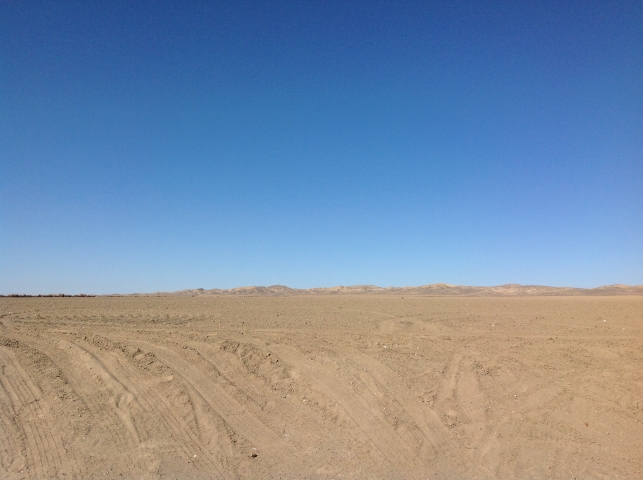
Excerpted from: Ag Web
Farmers may disagree over the cause of climate change, especially whether it’s caused by humans, but it’s difficult to dismiss the extreme weather patterns that have developed in recent years.
Agriculture Secretary Tom Vilsack attributed the new patterns to climate change.
“You all know that the climate is changing, and you all know that it impacts agriculture. More intense weather patterns, longer droughts, more severe storms, more pests and diseases—this really does have an impact on agriculture. If we don’t get serious about adapting and mitigating, it will just continue.”
Farmers and ranchers continually look for new ways to create more predictable outcomes, noted A.J. Kawamura, a third-generation grower from Orange County, Calif. In Kawamura’s case, given drought conditions that grip the Golden State, that means using water more economically.
Kawamura has already moved to drip irrigation at Orange County Produce. “And now we’re looking very hard at agroponics, which can use 60 to 70% less water than drip irrigation per square foot.”
In the future, he predicts that farmers will look to systems that harvest water from the atmosphere, reuse water from their operation, or desalinate water.
“The problem isn’t that we don’t have enough water on the planet—it’s that we have salty water,” said Kawamura, who has seen an uptick in the number of reverse osmosis machines wheeled into greenhouses. Thanks in part to this technology, he reported, roughly 40% of vine-ripened tomatoes in California are now produced in hot houses.
Kawamura believes that better-engineered seeds are part of the solution. He might have lost his entire lima bean crop due to high temperatures this May. “Instead, because of a new drought-resistant seed, I’m going to harvest 85%.”
Developing new seed varieties that require less water and can withstand more heat will be a big part of the equation going forward, said Gerald Nelson, a former University of Illinois agricultural economist, who wrote the Chicago Council report. Nelson highlighted the need for more basic research.
“We know that higher temperatures are coming, and plants are susceptible to higher temperatures….If you get a really hot, dry period during the peak of pollination, yields go down dramatically.”
Meanwhile, nutrient runoffs from big spring rains have forced him to rethink the timing of applications. With the help of a grant from a nonprofit organization, he has equipped his sprayer with sensors that measure the vegetative index of his crops, varying nitrogen application.
Climate change, farmers speaking at the conference made clear, raises the stakes for farmers at a time when margins are squeezed by lower crop prices. Producers will need to devote more time and money to technology and innovation to sustain a track record of steadily rising yields.








